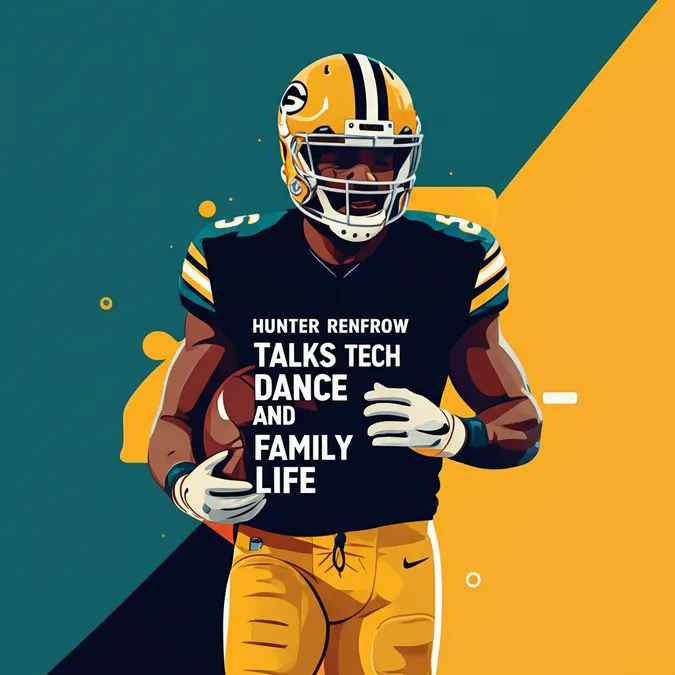AI Mind Unveiled Models Show Human Like Thinking
Beyond Mimicry: AI's Emerging Human-Like Thought
Artificial intelligence is rapidly evolving, moving beyond simply looking and acting human. Recent studies suggest it might even think like us.
Unveiling Cognitive Similarities: The Chinese Study
Researchers in China have uncovered what they describe as the first-ever evidence that advanced AI models, such as ChatGPT, process information in a manner strikingly similar to the human mind. This potentially groundbreaking discovery was detailed in the prestigious journal "Nature Machine Intelligence".
The collaborative study, involving the Chinese Academy of Sciences and the South China University of Technology, provides "compelling evidence that the object representations in LLMs (large language models), although not identical to human ones, share fundamental similarities that reflect key aspects of human conceptual knowledge," as reported by the Independent. The research aimed to determine if these AI models could develop human-like representations of objects using linguistic and multimodal data, which includes various forms like text and audio.
 The AI models displayed remarkable powers of categorization. Malambo C/peopleimages.com - stock.adobe.com
The AI models displayed remarkable powers of categorization. Malambo C/peopleimages.com - stock.adobe.com
Testing AI's Mind: The "Odd-One-Out" Challenge
To investigate whether AI's internal processes mirror human cognition, the scientists employed OpenAI's ChatGPT-3.5 and Google's Gemini Pro Vision. These models were subjected to a series of "odd-one-out" trials. In these tests, the AI was presented with three items and tasked with identifying the one that did not belong with the other two, a method covered by the South China Morning Post.
 Prior to the study, many tech experts simply assumed that language models like ChatGPT mimicked human responses through pattern recognition. AlexPhotoStock - stock.adobe.com
Prior to the study, many tech experts simply assumed that language models like ChatGPT mimicked human responses through pattern recognition. AlexPhotoStock - stock.adobe.com
Echoes of Human Cognition: Key Discoveries
Remarkably, the AI models formulated 66 conceptual dimensions to sort the objects presented to them. When this AI-driven object sorting was compared against human analysis of the same items, the researchers found significant parallels between the AI's "perception" and human cognitive processes. These similarities were particularly evident in how the AI grouped items based on language.
From these observations, the researchers deduced that these AI systems "develop human-like conceptual representations of objects."
 Researchers remain unsure if AI understands the significance or emotional value of cats and other entities on a human level. AntonKhrupinArt - stock.adobe.com
Researchers remain unsure if AI understands the significance or emotional value of cats and other entities on a human level. AntonKhrupinArt - stock.adobe.com
Bridging AI and Brain Science: Neural Connections
Further analysis revealed a "strong alignment between model embeddings and neural activity patterns" in a specific region of the human brain. This area, the parahippocampal gyrus, is associated with memory and scene recognition, suggesting a deeper level of similarity in information processing than previously understood.
The Path Ahead: AI's Current Hurdles and Future Potential
Despite these advancements, the researchers noted some limitations. Language-based LLMs, for instance, showed some deficiencies when it came to categorizing objects based on visual characteristics such as shape or spatial properties.
Moreover, current research indicates that AI still faces challenges with tasks requiring more profound levels of human cognition, like analogical thinking - the ability to draw comparisons between different concepts to reach a conclusion. It also remains unclear whether AI systems can truly comprehend the significance or emotional value attached to certain objects or entities.
He Huiguang, a professor at the Chinese Academy of Sciences' Institute of Automation, commented, "Current AI can distinguish between cat and dog pictures, but the essential difference between this 'recognition' and human 'understanding' of cats and dogs remains to be revealed."
Nevertheless, the scientists are optimistic. They hope these findings will pave the way for developing "more human-like artificial cognitive systems" capable of more effective collaboration with their human counterparts.


